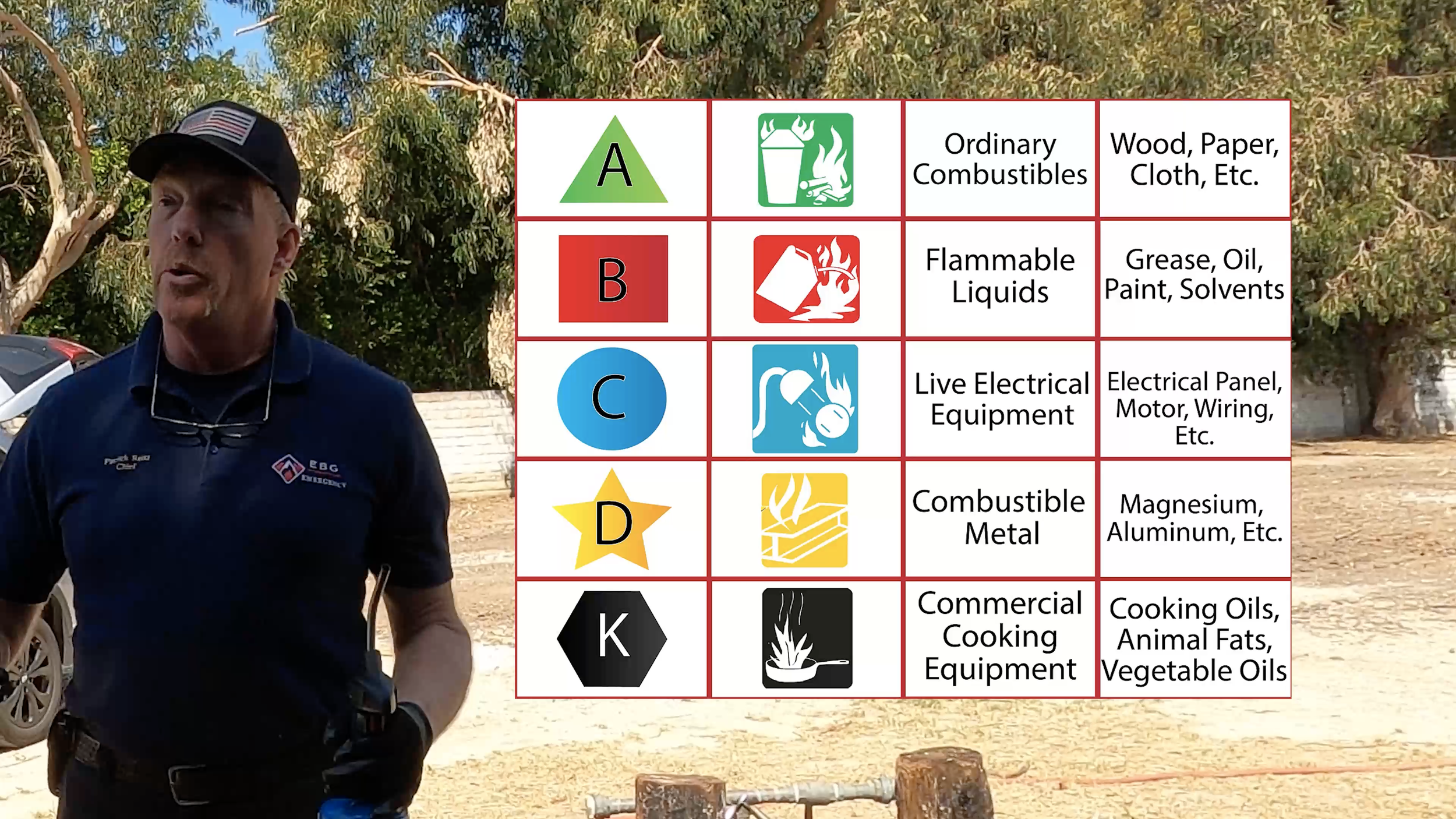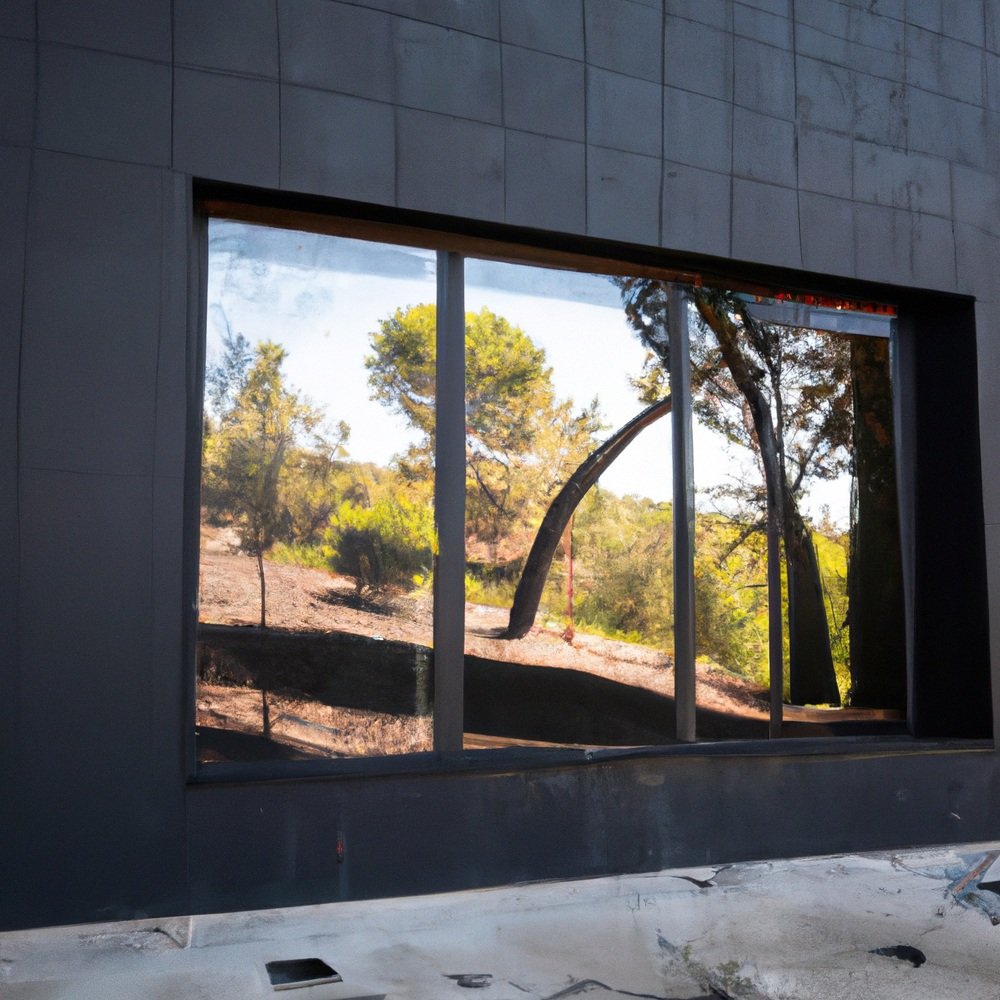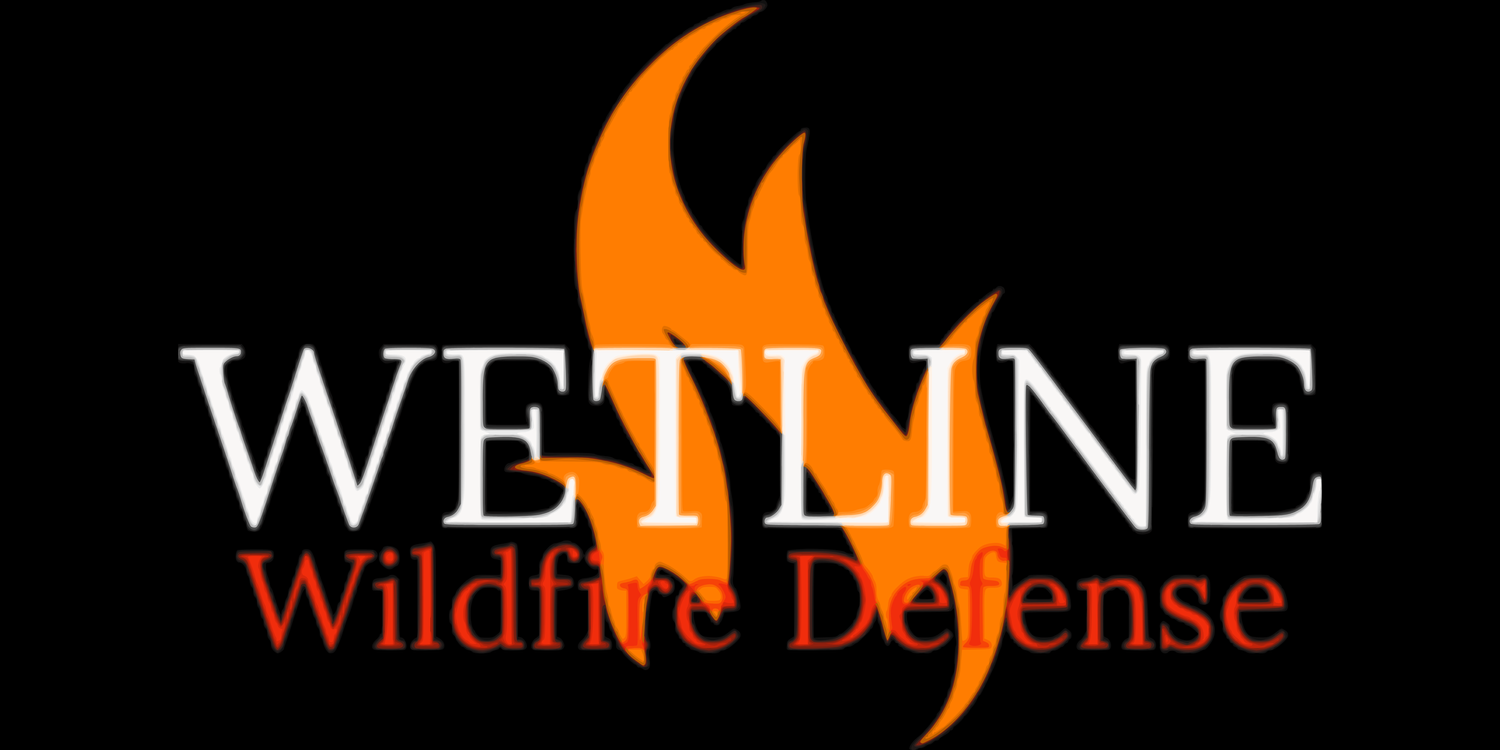
Understanding Fire Codes When Designing a Fire Suppression System
Class A fire is ordinary combustibles - wood, paper, cardboard, cellulose plant material. Class B fire is flammable liquids, hydrocarbon based - gasoline, kerosene, diesel fuel, tires, plastics. Class C fire is energized electrical fire. Unfortunately, nothing puts out a class C fire, until the power providing the energy is killed. Then, you typically have a class A or class B fire left behind, so a class C fire is a bit of an anomaly. Class D fire is flammable metals - magnesium, lithium (like the batteries in electric vehicles), potassium, flammable salts, etc. Finally, Class K fire is kitchen grease - plant and animal fats, etc.

The Unseen Guardian: Ember-Resistant Window Laminates in Wildfire Defense
In many years, wildfires burn over 10 million acres in the United States alone, destroying thousands of structures. Firefighters can only do so much to protect homes from these flames, which is why it's important for homeowners to take an active role in protecting their homes from wildfires. One of the best ways to do this is through installation of ember-resistant window laminates as part of a home fire suppression system—but why? Let’s explore…

In the Embrace of Wetline Wildfire Defense: A Beacon of Hope in Nature's Fury
When it comes to wildfires, you want to be prepared. If you live in a high-risk area, it's especially important that you have a plan in place. Fire crews are not equipped during a wildfire to go into the home to extinguish interior fires—they're just going to move to the next home that they think they can save.
